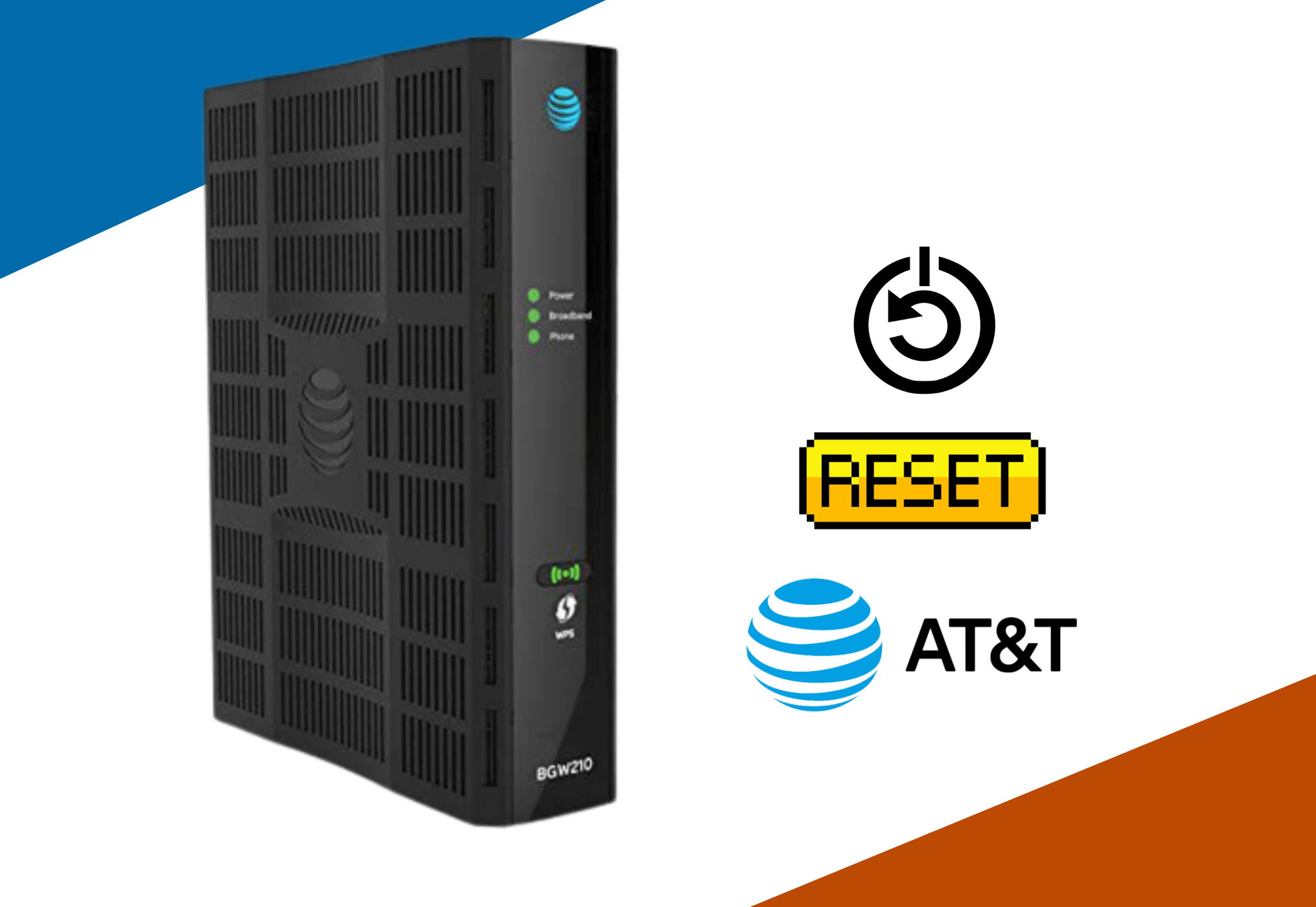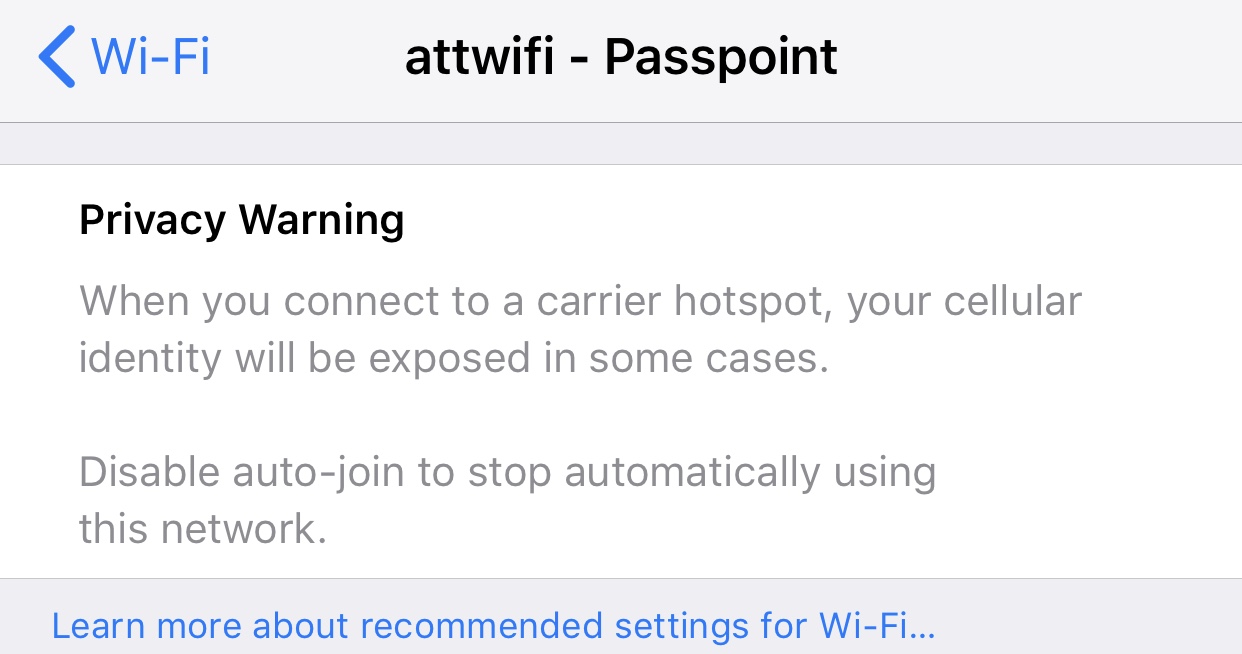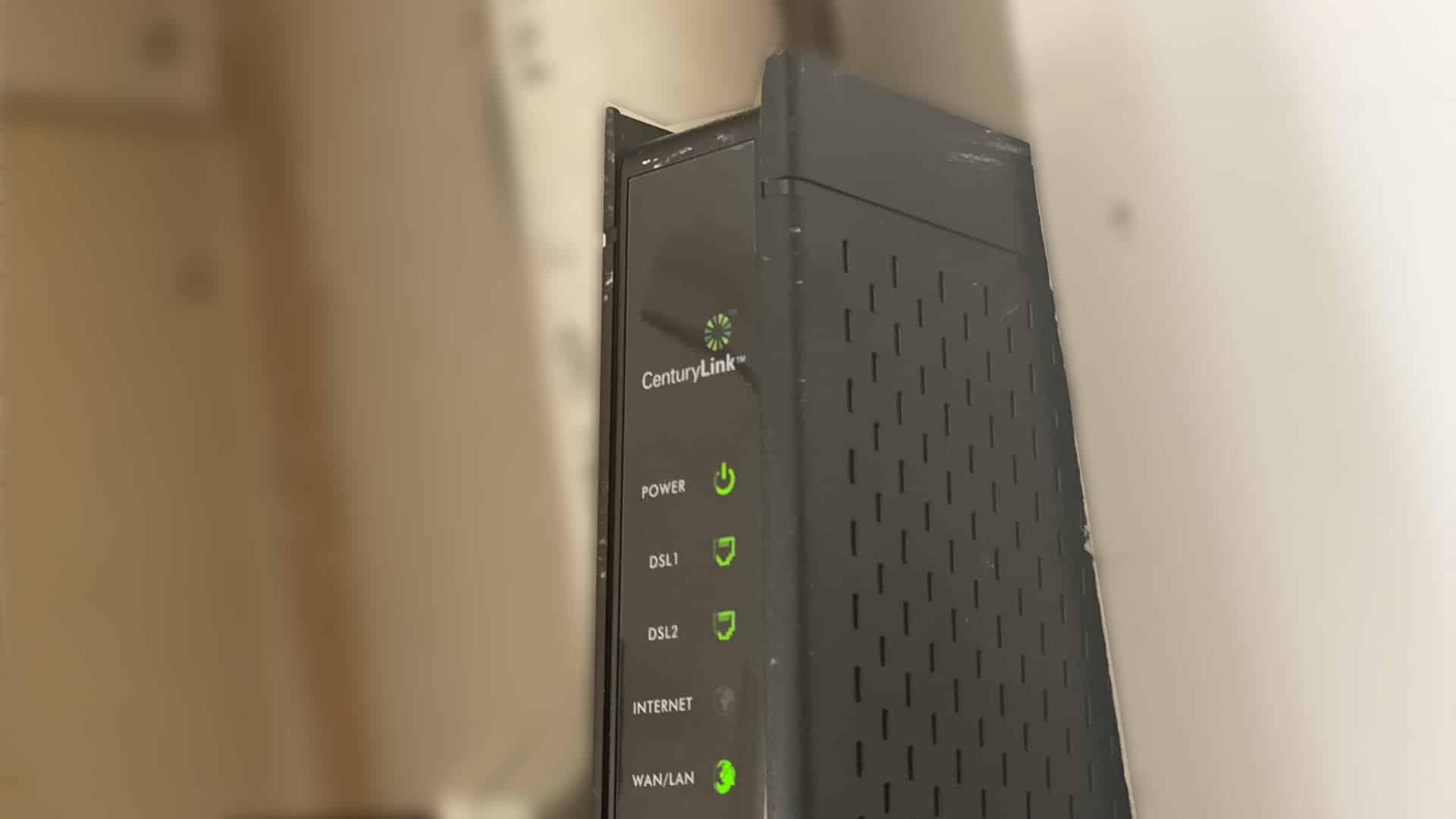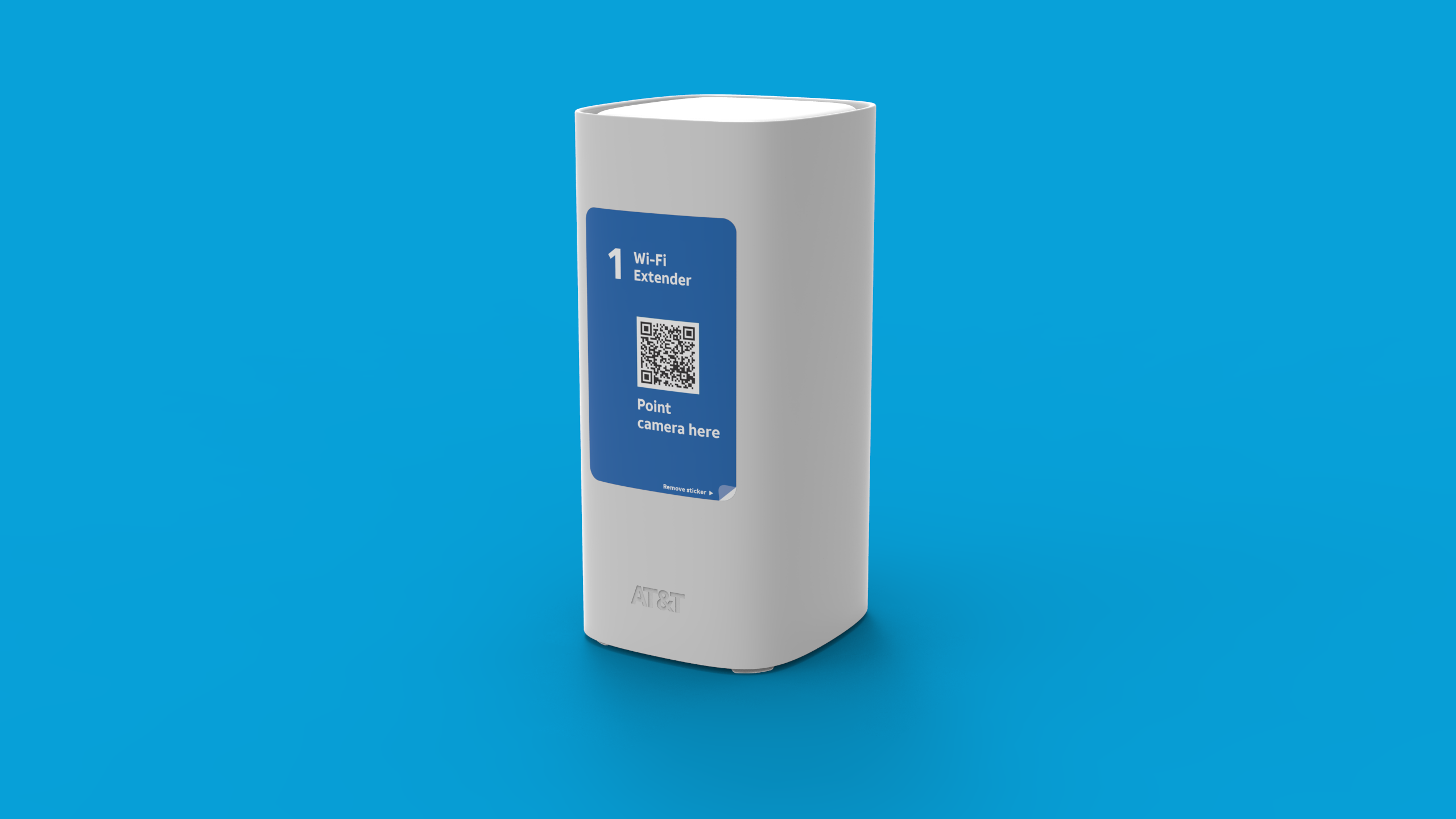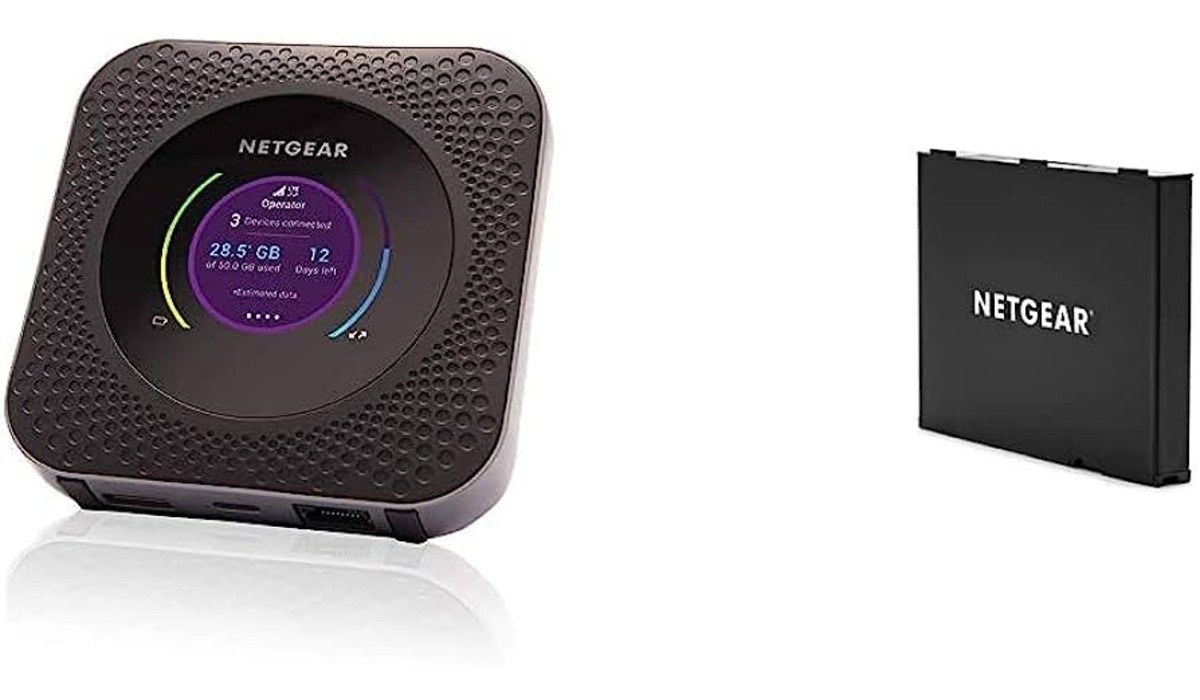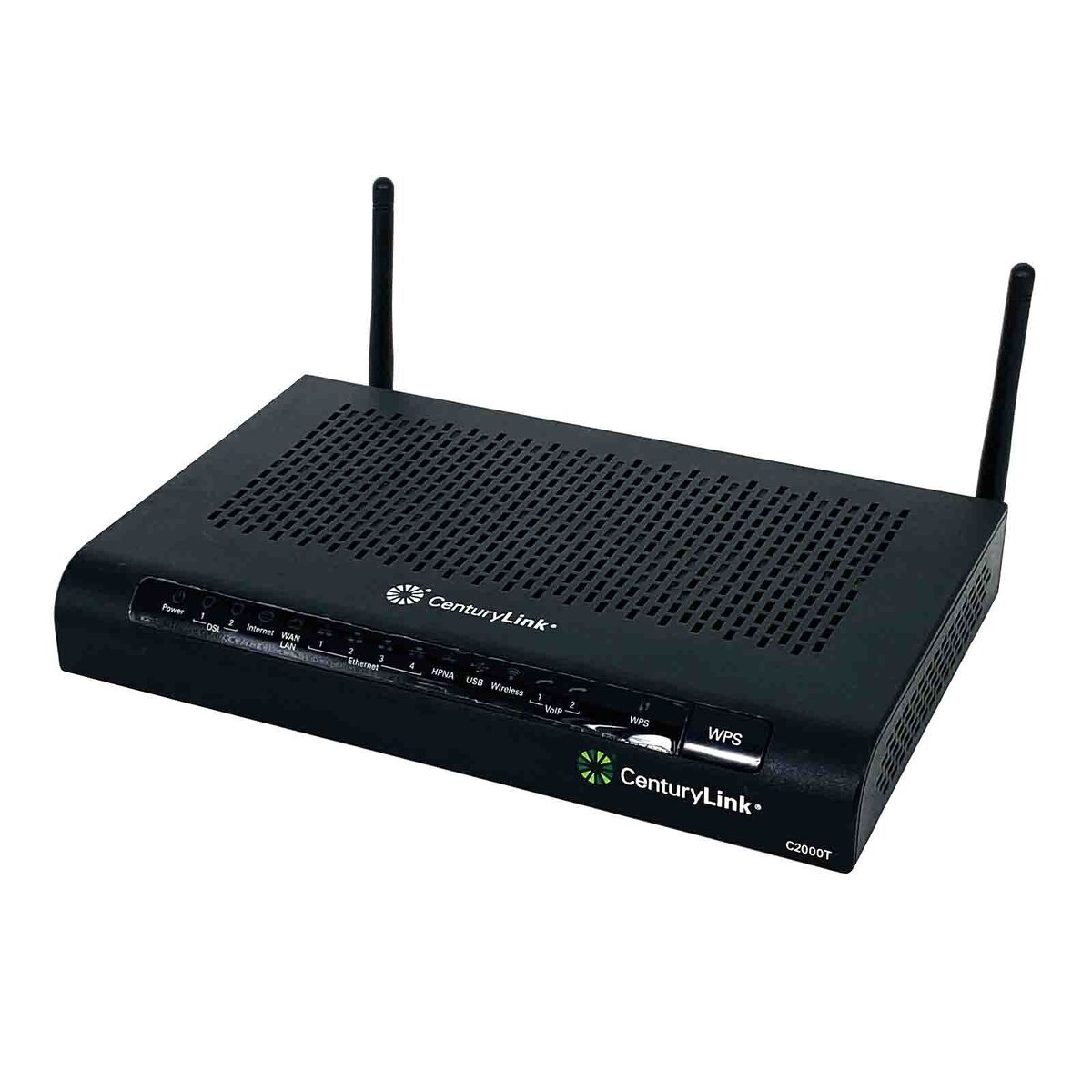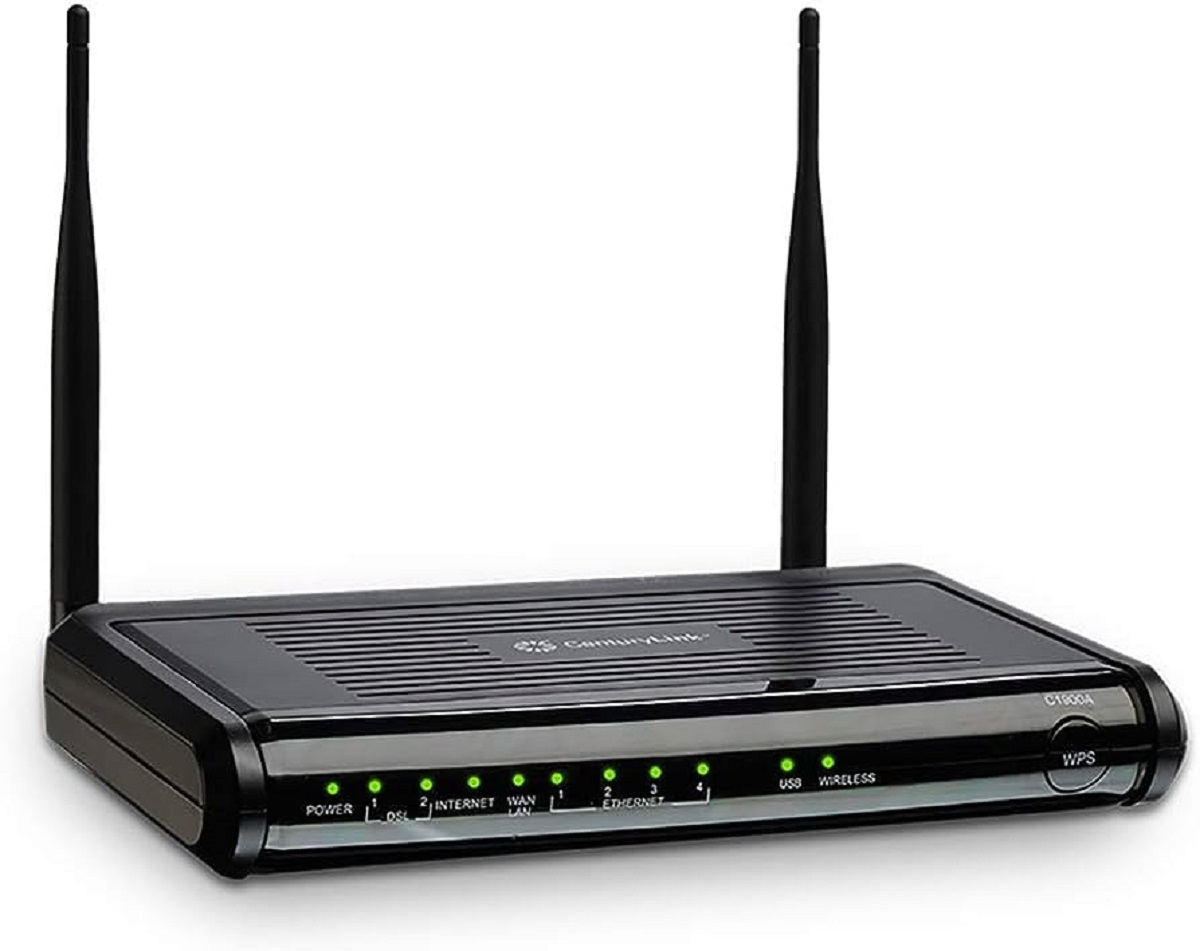Introduction
Welcome to our guide on how to reset your AT&T Wi-Fi. In today’s fast-paced digital world, a stable and reliable internet connection is essential for all of our online activities. From streaming movies and music to working remotely and staying in touch with loved ones, a strong Wi-Fi signal is crucial. However, there may be times when your AT&T Wi-Fi experiences connectivity issues or other technical problems that require a reset.
Resetting your AT&T Wi-Fi can help resolve various common issues, including slow internet speeds, dropped connections, or difficulty connecting to certain devices. In this guide, we will walk you through the step-by-step process of resetting your AT&T Wi-Fi to help you restore optimal performance and connectivity.
Before we dive into the reset process, it’s important to understand that there are different types of resets, and each has unique implications. It’s crucial to follow the correct reset procedure to avoid unnecessary complications. Additionally, we’ll provide some troubleshooting tips for common issues that may occur after resetting your AT&T Wi-Fi.
So, whether you’re experiencing Wi-Fi connectivity problems or simply want to refresh your network for improved performance, let’s get started on resetting your AT&T Wi-Fi.
Why Reset Your AT&T Wi-Fi?
Resetting your AT&T Wi-Fi can help resolve a variety of issues and improve the overall performance of your network. Here are some common reasons why you might consider resetting your AT&T Wi-Fi:
- Slow Internet Speeds: If you’re experiencing sluggish internet speeds, a reset can refresh your network settings and potentially boost your Wi-Fi speed.
- Connectivity Issues: If your devices are having trouble connecting to your AT&T Wi-Fi network or frequently dropping the connection, a reset can help establish a more stable connection.
- Device Compatibility: Sometimes, certain devices may have compatibility issues with your Wi-Fi network. Resetting your AT&T Wi-Fi can help resolve these compatibility issues and allow smoother device connections.
- Router Firmware Update: Resetting your AT&T Wi-Fi can also provide an opportunity to update the firmware of your router. Firmware updates often include bug fixes and security enhancements that contribute to a better overall Wi-Fi experience.
- Network Optimization: Over time, your Wi-Fi network settings may become cluttered and inefficient, leading to diminished performance. By resetting your AT&T Wi-Fi, you can restore optimized settings and improve network performance.
It’s important to note that resetting your AT&T Wi-Fi should not be the first troubleshooting step for minor connectivity issues. Simple solutions like restarting your devices or power cycling your router may resolve temporary glitches. However, if you’re experiencing recurrent or persistent problems, a reset can be a more comprehensive approach.
Now that we understand the reasons why resetting your AT&T Wi-Fi can be beneficial, let’s move on to the steps involved in the reset process and ensure a smooth reset without any unintended consequences.
Before Resetting Your AT&T Wi-Fi
Before you proceed with resetting your AT&T Wi-Fi, there are a few important things to consider:
- Check for Power Outages: Ensure that there are no power outages in your area that might be affecting your Wi-Fi connection. Sometimes, connectivity issues can be related to external factors rather than a problem with your Wi-Fi network.
- Backup Important Network Settings: Take note of any customized network settings, such as Wi-Fi passwords, port forwarding rules, or DNS settings. Resetting your AT&T Wi-Fi will erase these settings, and you’ll need to reconfigure them after the reset.
- Disconnect Devices: It’s a good practice to disconnect devices that are currently connected to your Wi-Fi network. This will prevent any potential conflicts or interruptions during the reset process.
- Know Your Router’s Reset Method: Different AT&T Wi-Fi routers have varying reset methods. Familiarize yourself with the specific reset procedure for your router model. You can find this information in the user manual or on the manufacturer’s website.
- Contact AT&T Support: If you’re unsure about resetting your AT&T Wi-Fi or if you’re experiencing persistent issues, it’s a good idea to reach out to AT&T customer support for guidance. They can provide personalized assistance and troubleshoot any specific issues you may be facing.
By completing these preparations, you’ll ensure a smoother reset process and minimize any potential complications. Now, let’s move on to the step-by-step instructions on resetting your AT&T Wi-Fi.
Steps to Reset Your AT&T Wi-Fi
Resetting your AT&T Wi-Fi is a straightforward process. Follow these steps to reset your AT&T Wi-Fi network:
- Locate the Reset Button: Find the reset button on your AT&T Wi-Fi router. The location of the reset button may vary depending on the router model.
- Press and Hold the Reset Button: Use a small, pointed object like a paperclip or toothpick to press and hold the reset button. Hold the button for about 10-15 seconds or until you see the lights on the router blink, indicating that the reset process has begun.
- Wait for the Reset to Complete: Allow the router to reset and reboot fully. This process may take a couple of minutes. Avoid interrupting the reset by turning off the power or disconnecting the router during this time.
- Reconfigure Your Network Settings: After the router has completed the reset process and is fully rebooted, you’ll need to reconfigure your network settings. This includes setting up a new Wi-Fi network name (SSID) and password, as well as any other customized settings you had before the reset.
- Reconnect Your Devices: Once you’ve reconfigured your network settings, reconnect your devices to the newly reset AT&T Wi-Fi network. Use the new Wi-Fi network name (SSID) and password you set up during the configuration process.
It’s important to note that resetting your AT&T Wi-Fi will remove any customized settings and configurations you had. Make sure to take note of any important network settings beforehand so that you can easily set them up again after the reset.
If you’re uncertain about any step in the reset process, refer to the user manual of your specific AT&T Wi-Fi router or contact AT&T customer support for assistance.
Now that you know how to reset your AT&T Wi-Fi, let’s explore the difference between a factory reset and a restart.
Factory Reset vs. Restart
When it comes to troubleshooting Wi-Fi issues, it’s important to understand the difference between a factory reset and a simple restart of your AT&T Wi-Fi router. While both options can help resolve certain issues, they have distinct implications:
Factory Reset: A factory reset restores your AT&T Wi-Fi router to its original default settings. This means that all customized settings, including network configurations, Wi-Fi passwords, and port forwarding rules, will be erased. Performing a factory reset should be considered a last resort when you’re experiencing persistent and complex issues that cannot be resolved through other troubleshooting methods.
Restart: A restart, also known as a reboot, simply involves turning your AT&T Wi-Fi router off and then back on. This can help resolve temporary glitches or minor connectivity issues. Restarting your router allows it to refresh and re-establish network connections without affecting your customized settings or configurations.
In most cases, a restart is sufficient to address common connectivity issues, slow speeds, or intermittent Wi-Fi problems. It’s a quick and simple solution that you can try first before resorting to a factory reset.
If you choose to perform a factory reset, it’s important to note that you will need to reconfigure your Wi-Fi network settings and any other customizations you had made. Take note of your network settings before proceeding with a factory reset to make the setup process easier.
Now that you understand the difference between a factory reset and a restart, let’s move on to the next section where we’ll troubleshoot some common issues that may occur after resetting your AT&T Wi-Fi.
Troubleshooting Common Issues After Resetting AT&T Wi-Fi
After resetting your AT&T Wi-Fi, you may encounter some common issues. Don’t worry; we’re here to help you troubleshoot and resolve them:
- No Internet Connection: If you’re unable to connect to the internet after resetting your AT&T Wi-Fi, confirm that your modem is connected to the internet service provider and that the necessary cables are securely connected. You may also need to update the network settings on your devices to connect to the newly reset Wi-Fi network.
- Inconsistent Wi-Fi Signal: If you’re experiencing weak or inconsistent Wi-Fi signals, ensure that your router is placed in a central location in your home, away from obstructions. Additionally, check for nearby devices or appliances that may be causing interference, such as cordless phones or microwave ovens.
- Slow Internet Speeds: If your internet speeds are slower than expected after resetting your AT&T Wi-Fi, check for any bandwidth-intensive activities or downloads happening on your network. You can also try changing the channel on your Wi-Fi router to reduce interference from neighboring networks.
- Device Connection Issues: If specific devices are having trouble connecting to your Wi-Fi network after the reset, ensure that you’re entering the correct Wi-Fi password. If the issue persists, try forgetting the network on the device and reconnecting to it again.
- Router Firmware Update: After resetting your AT&T Wi-Fi, it’s important to check for any available firmware updates for your router model. Visit the manufacturer’s website or consult the user manual for instructions on how to update the firmware. Updating the firmware can resolve bugs and improve the overall performance of your Wi-Fi network.
If you’ve tried the troubleshooting steps mentioned above and are still experiencing issues with your AT&T Wi-Fi after a reset, it may be necessary to contact AT&T customer support for further assistance. They can provide personalized guidance and help you resolve any persistent or complex problems.
Now that you’re aware of the common issues that may occur after resetting your AT&T Wi-Fi and how to troubleshoot them, let’s wrap up this guide.
Conclusion
Resetting your AT&T Wi-Fi can be an effective solution to resolve various connectivity issues and enhance the performance of your network. Whether you’re experiencing slow internet speeds, connectivity problems, or device compatibility issues, a reset can help restore optimal functionality.
Before proceeding with a reset, it’s crucial to ensure there are no power outages in your area and to back up any important network settings. Familiarize yourself with the specific reset method for your AT&T Wi-Fi router and consider reaching out to AT&T customer support if you need further assistance.
Remember, a factory reset restores your router to its default settings and erases any customized configurations. In contrast, a simple restart can often resolve temporary glitches without affecting your settings.
If you encounter any issues after resetting your AT&T Wi-Fi, troubleshoot common problems, such as no internet connection, inconsistent Wi-Fi signals, or slow speeds. Additionally, consider updating your router’s firmware to ensure you have the latest bug fixes and improvements.
In case you’re still experiencing persistent or complex issues, don’t hesitate to contact AT&T customer support for personalized assistance.
We hope this guide has been helpful in understanding the process of resetting your AT&T Wi-Fi and troubleshooting potential issues. By following the steps outlined in this guide, you can restore optimal performance to your AT&T Wi-Fi network and enjoy uninterrupted internet connectivity.
Thank you for reading, and happy browsing!







